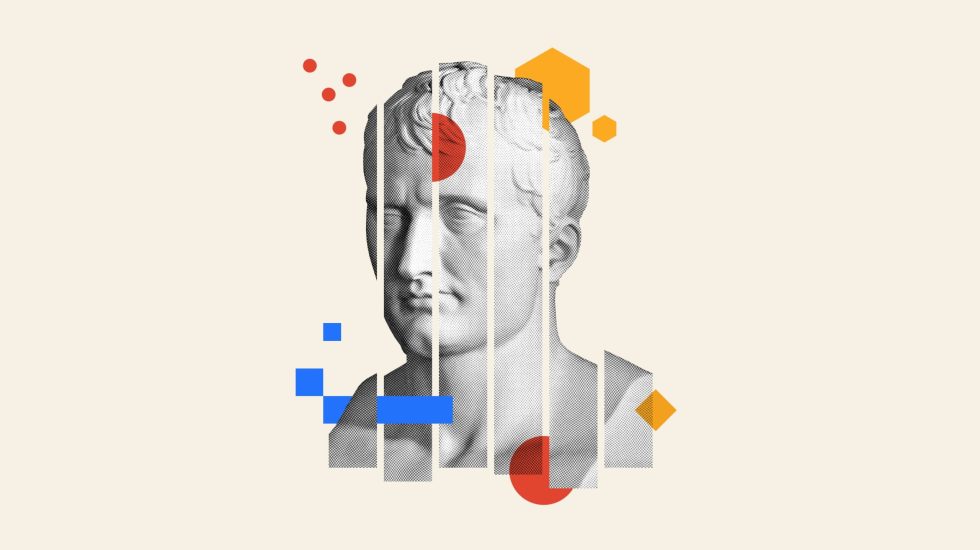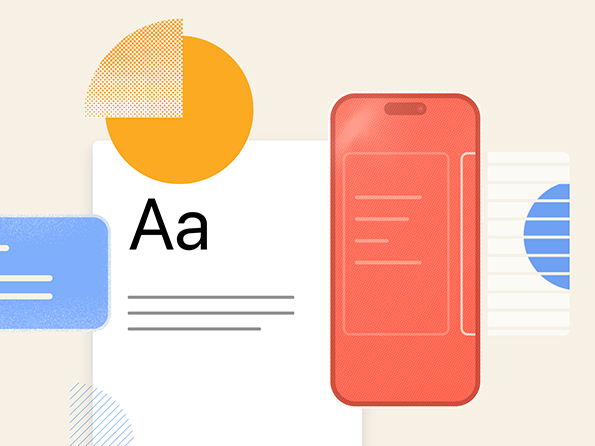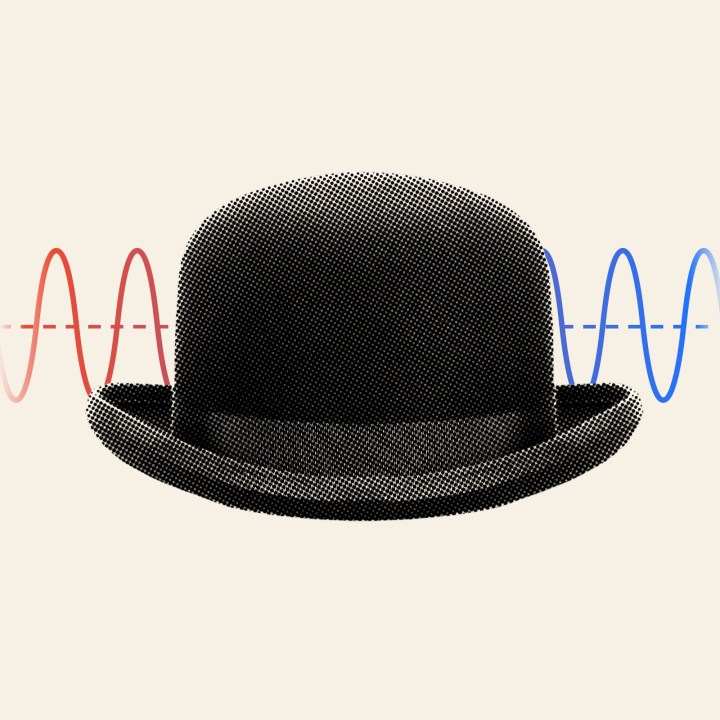Do Your Brand’s Shapes and Colors Convey the Right Message?

The human brain makes certain subconscious associations with different shapes and colors, which has important implications for brands and organizations. The shape and color choices you make in your logo, website, and other brand touchpoints speak volumes. They can signal attributes like strength, integrity, and creativity. They can communicate personality, market position, and a number of other characteristics.
Branding materials that effectively align visual language with an organization’s values and desired attributes can create a potent user experience that leaves a lasting impression with the audience. But get the language wrong, and the resulting message can be confused or even off-putting. Let’s examine what various shapes and colors mean.
The Meaning of Shapes
Squares and Rectangles
Straight, four-sided figures tend to convey strength and professionalism. The shape’s association with solidity, discipline, and dependability make it one of the most popular forms in logo design. 55% of the world’s most well-known companies have squares or rectangles in their logos.
Depending on the context, however, squares and rectangles can feel constraining and claustrophobic. The phrase “boxed in” best evokes this negative connotation.
Triangles
Triangles are strongly associated with arrow points, and thus inspire feelings of forward motion, progress, and excitement. Equilateral triangles, on the other hand — those featuring three equal-length sides, tend to communicate balance and harmony.
Triangles are also stark and jagged, with sharp points on three sides. Depending on their use they can feel dangerous — something to be avoided. There’s a reason they’re used for caution signs.
Circles
Circles tend to evoke cycles and rhythms, like the procession of the seasons. As such, the shape has strong associations with continuity and timelessness. They’re commonly associated with unity, inclusion, community, and friendship. They also convey a sense of sturdiness and resilience.
Of course, circles can also have negative associations. Because they’re the most basic shape, logos that utilize them on their own can sometimes feel elementary and childish. With circles, scale is very important. Too large and they can dominate a design.
Curves
Curves have a very organic, natural appearance. They tend to be associated with femininity, happiness, and comfort. Unlike angular, jagged shapes, curves set the viewer at ease and convey calm and relaxation.
But curves can also feel lazy and undisciplined. More rigid shapes convey a sense of importance and solidity. Curves that are too free with their movement can appear vague and unfocused.
Spirals
Spirals give a sense of unending progression, which conveys growth, creativity, and discovery. The shape also shares a connection to optimism, intelligence, and evolution.
This shape, used improperly can be cartoonish. Anyone that’s seen the rotating spirals that B-movie hypnotists use to lull their victims into a trance have experienced the silly, zany quality spirals possess.
The Meaning of Colors
Blue
Blue is the most popular color worldwide, across all cultures. This seems sensible because we all look up at the same blue, welcoming sky, and out at the vast blue ocean. Blue is a cool color, and it tends to be calming, inspiring feelings of trust, stability, and openness.
Blue is also associated with sadness. Because it’s the coolest of colors, it can appear lifeless and weak. It recedes into the background. Depending on the use it can be cold and clinical.
Green
Green is strongly associated with the environment, health, and vitality. Like blue it’s on the cooler end of the spectrum, so it conveys kindness, harmony, and balance. Green is also associated with money.
But be careful: Green can be used to signal poison and disgust. After all, it’s the universal color of a bad smell in every cartoon ever.
Yellow
Yellow is a bright, arresting color. It evokes a sense of mental clarity and is associated with happiness, intelligence, and logic. It can lift the mood of any design it’s included in, likely because of its associations with the sun.
However, yellow is such a powerful hue, too much of it can be jarring. It can create a sense of dread and anxiety. Like the sun, a vast field of yellow can be hard to look at.
Orange
Orange is a warm color. It tends to combine the passion of red with the lightness of yellow, and is associated with creativity, optimism, and a sense of adventure. Those looking to inspire fun and enthusiasm should look to include orange in their design.
However, treated improperly the fun orange inspires can sink into frivolity. It can take a serious concept and rob it of its intellectual merit.
Red
Red is fiery and passionate. It’s strongly associated with desire and hunger which is why restaurants commonly use the hue on their walls. In business, it tends to communicate a drive to succeed and conveys excitement and exhilaration.
But red is also the color of danger and alert, which can inspire panic and worry. In the context of economics, of course, red is the color of financial distress.
Purple
Prior to modern chemistry, purple was a very difficult, expensive dye to create. As a result only the very wealthy could afford purple objects, creating a strong association with royalty and privilege. This extravagance also imbued purple with a sense of wonder, mystery, and the exotic.
Purple is one of the hardest colors to use properly. Because of its mystical, ostentatious associations, it often feels out of context. It can actually make a design feel cheap as if it’s trying too hard to be fancy.

About north street
We engineer the thoughtful transformation of great organizations. Our proven process helps us understand what your competitors are doing right — and wrong. Want to learn more? Let’s chat.



























